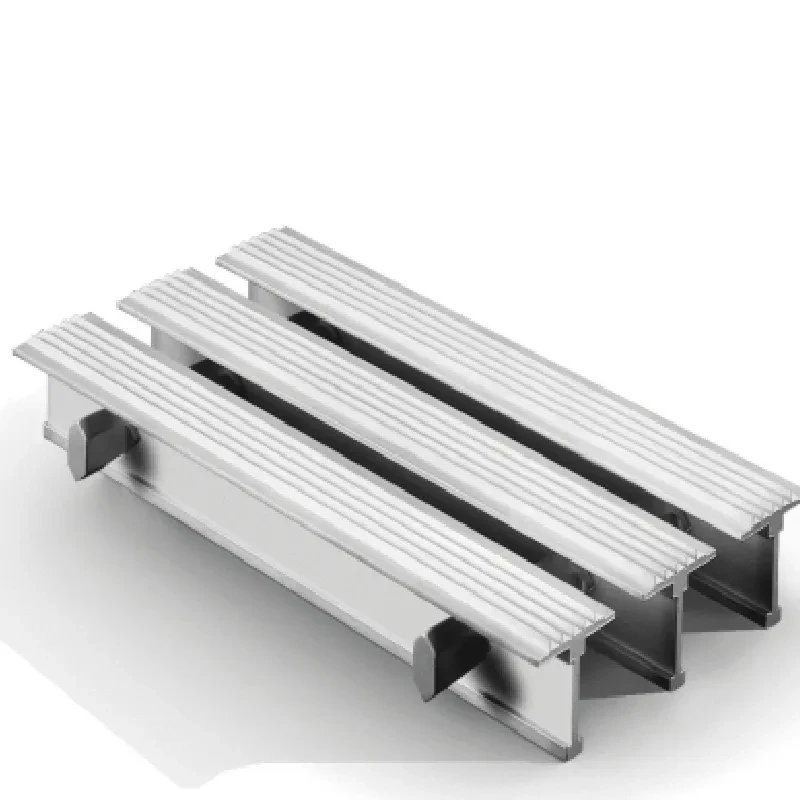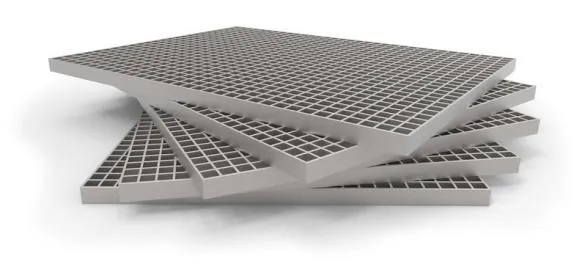- Industrial zone, South of Anping Town, Hengshui, Hebei, China.
- sales@hfpetromesh.com
- +86-18931809706
 Afrikaans
Afrikaans  Albanian
Albanian  Amharic
Amharic  Arabic
Arabic  Armenian
Armenian  Azerbaijani
Azerbaijani  Basque
Basque  Belarusian
Belarusian  Bengali
Bengali  Bosnian
Bosnian  Bulgarian
Bulgarian  Catalan
Catalan  Cebuano
Cebuano  Corsican
Corsican  Croatian
Croatian  Czech
Czech  Danish
Danish  Dutch
Dutch  English
English  Esperanto
Esperanto  Estonian
Estonian  Finnish
Finnish  French
French  Frisian
Frisian  Galician
Galician  Georgian
Georgian  German
German  Greek
Greek  Gujarati
Gujarati  Haitian Creole
Haitian Creole  hausa
hausa  hawaiian
hawaiian  Hebrew
Hebrew  Hindi
Hindi  Miao
Miao  Hungarian
Hungarian  Icelandic
Icelandic  igbo
igbo  Indonesian
Indonesian  irish
irish  Italian
Italian  Japanese
Japanese  Javanese
Javanese  Kannada
Kannada  kazakh
kazakh  Khmer
Khmer  Rwandese
Rwandese  Korean
Korean  Kurdish
Kurdish  Kyrgyz
Kyrgyz  Lao
Lao  Latin
Latin  Latvian
Latvian  Lithuanian
Lithuanian  Luxembourgish
Luxembourgish  Macedonian
Macedonian  Malgashi
Malgashi  Malay
Malay  Malayalam
Malayalam  Maltese
Maltese  Maori
Maori  Marathi
Marathi  Mongolian
Mongolian  Myanmar
Myanmar  Nepali
Nepali  Norwegian
Norwegian  Norwegian
Norwegian  Occitan
Occitan  Pashto
Pashto  Persian
Persian  Polish
Polish  Portuguese
Portuguese  Punjabi
Punjabi  Romanian
Romanian  Russian
Russian  Samoan
Samoan  Scottish Gaelic
Scottish Gaelic  Serbian
Serbian  Sesotho
Sesotho  Shona
Shona  Sindhi
Sindhi  Sinhala
Sinhala  Slovak
Slovak  Slovenian
Slovenian  Somali
Somali  Spanish
Spanish  Sundanese
Sundanese  Swahili
Swahili  Swedish
Swedish  Tagalog
Tagalog  Tajik
Tajik  Tamil
Tamil  Tatar
Tatar  Telugu
Telugu  Thai
Thai  Turkish
Turkish  Turkmen
Turkmen  Ukrainian
Ukrainian  Urdu
Urdu  Uighur
Uighur  Uzbek
Uzbek  Vietnamese
Vietnamese  Welsh
Welsh  Bantu
Bantu  Yiddish
Yiddish  Yoruba
Yoruba  Zulu
Zulu
- Afrikaans
- Albanian
- Amharic
- Arabic
- Armenian
- Azerbaijani
- Basque
- Belarusian
- Bengali
- Bosnian
- Bulgarian
- Catalan
- Cebuano
- Corsican
- Croatian
- Czech
- Danish
- Dutch
- English
- Esperanto
- Estonian
- Finnish
- French
- Frisian
- Galician
- Georgian
- German
- Greek
- Gujarati
- Haitian Creole
- hausa
- hawaiian
- Hebrew
- Hindi
- Miao
- Hungarian
- Icelandic
- igbo
- Indonesian
- irish
- Italian
- Japanese
- Javanese
- Kannada
- kazakh
- Khmer
- Rwandese
- Korean
- Kurdish
- Kyrgyz
- Lao
- Latin
- Latvian
- Lithuanian
- Luxembourgish
- Macedonian
- Malgashi
- Malay
- Malayalam
- Maltese
- Maori
- Marathi
- Mongolian
- Myanmar
- Nepali
- Norwegian
- Norwegian
- Occitan
- Pashto
- Persian
- Polish
- Portuguese
- Punjabi
- Romanian
- Russian
- Samoan
- Scottish Gaelic
- Serbian
- Sesotho
- Shona
- Sindhi
- Sinhala
- Slovak
- Slovenian
- Somali
- Spanish
- Sundanese
- Swahili
- Swedish
- Tagalog
- Tajik
- Tamil
- Tatar
- Telugu
- Thai
- Turkish
- Turkmen
- Ukrainian
- Urdu
- Uighur
- Uzbek
- Vietnamese
- Welsh
- Bantu
- Yiddish
- Yoruba
- Zulu
2月 . 14, 2025 07:23
Back to list
bar grating weight
In the realm of industrial flooring solutions, bar grating stands out as a versatile and resilient choice, providing strength and stability across a myriad of applications from industrial walkways to urban drainage systems. One significant consideration in the selection process is understanding the bar grating weight, a critical factor influencing everything from installation ease to structural support, and ultimately, project success.
Safety considerations also hinge greatly on weight, as heavy gratings can pose risks during lifting and installation if adequate safety measures are not in place. Lighter gratings reduce these risks and offer greater flexibility in installation, allowing for adjustments and repositioning with minimal effort. Moreover, the weight of bar grating impacts its long-term maintenance requirements. Heavier gratings, typically more robust, tend to offer enhanced durability and less frequent need for replacement, leading to reduced lifecycle costs. Conversely, lighter options might require more regular inspections and maintenance to ensure their longevity and safety. In terms of environmental impact, lighter gratings contribute to reduced carbon footprint during transportation and installation. Moreover, depending on the material, gratings can be recyclable, aligning with sustainable construction practices. Selecting the right bar grating involves striking a balance between weight, material properties, and the specific needs of the application. Engaging with experts in the field, seeking advice from seasoned engineers, and consulting with manufacturers can provide invaluable insights, ensuring informed decisions that align with project goals and compliance with industry standards. Every grating buyer and installer must consider weight alongside other performance metrics to achieve efficient, safe, and cost-effective installations. With the right analysis and professional guidance, bar grating can indeed transform from a basic functional element into a strategic component that enhances operational efficiency and safety across various industrial and commercial landscapes.


Safety considerations also hinge greatly on weight, as heavy gratings can pose risks during lifting and installation if adequate safety measures are not in place. Lighter gratings reduce these risks and offer greater flexibility in installation, allowing for adjustments and repositioning with minimal effort. Moreover, the weight of bar grating impacts its long-term maintenance requirements. Heavier gratings, typically more robust, tend to offer enhanced durability and less frequent need for replacement, leading to reduced lifecycle costs. Conversely, lighter options might require more regular inspections and maintenance to ensure their longevity and safety. In terms of environmental impact, lighter gratings contribute to reduced carbon footprint during transportation and installation. Moreover, depending on the material, gratings can be recyclable, aligning with sustainable construction practices. Selecting the right bar grating involves striking a balance between weight, material properties, and the specific needs of the application. Engaging with experts in the field, seeking advice from seasoned engineers, and consulting with manufacturers can provide invaluable insights, ensuring informed decisions that align with project goals and compliance with industry standards. Every grating buyer and installer must consider weight alongside other performance metrics to achieve efficient, safe, and cost-effective installations. With the right analysis and professional guidance, bar grating can indeed transform from a basic functional element into a strategic component that enhances operational efficiency and safety across various industrial and commercial landscapes.
Share
Prev:
Next:
Latest news
-
Welded Steel Bar Grating: The Rugged Industrial Flooring Solution Built for Load and LongevityNewsJun.24,2025
-
Steel Walkway Grating: Reliable, Resilient, and Built for Every StepNewsJun.24,2025
-
Shale Shaker Screen for Sale: Optimize Drilling Efficiency with Precision Screening PowerNewsJun.24,2025
-
Shaker Screen for Sale: Elevate Your Drilling Efficiency with Durable Separation SolutionsNewsJun.24,2025
-
Press Locked Steel Grating: Industrial Strength with Precision Fit for Heavy-Duty ApplicationsNewsJun.24,2025
-
Perimeter Safety Netting: The Critical Safety Upgrade for Every HelipadNewsJun.24,2025